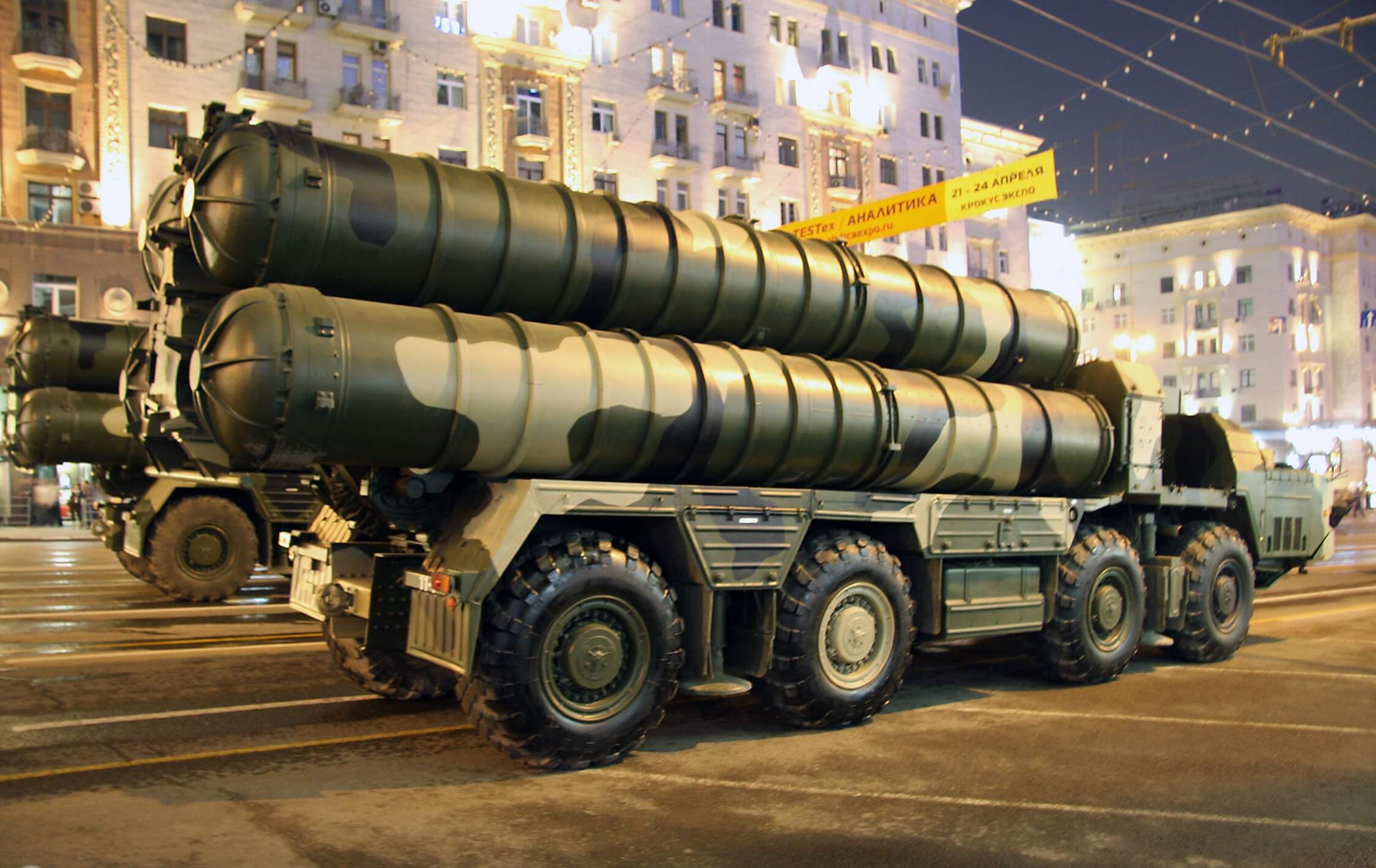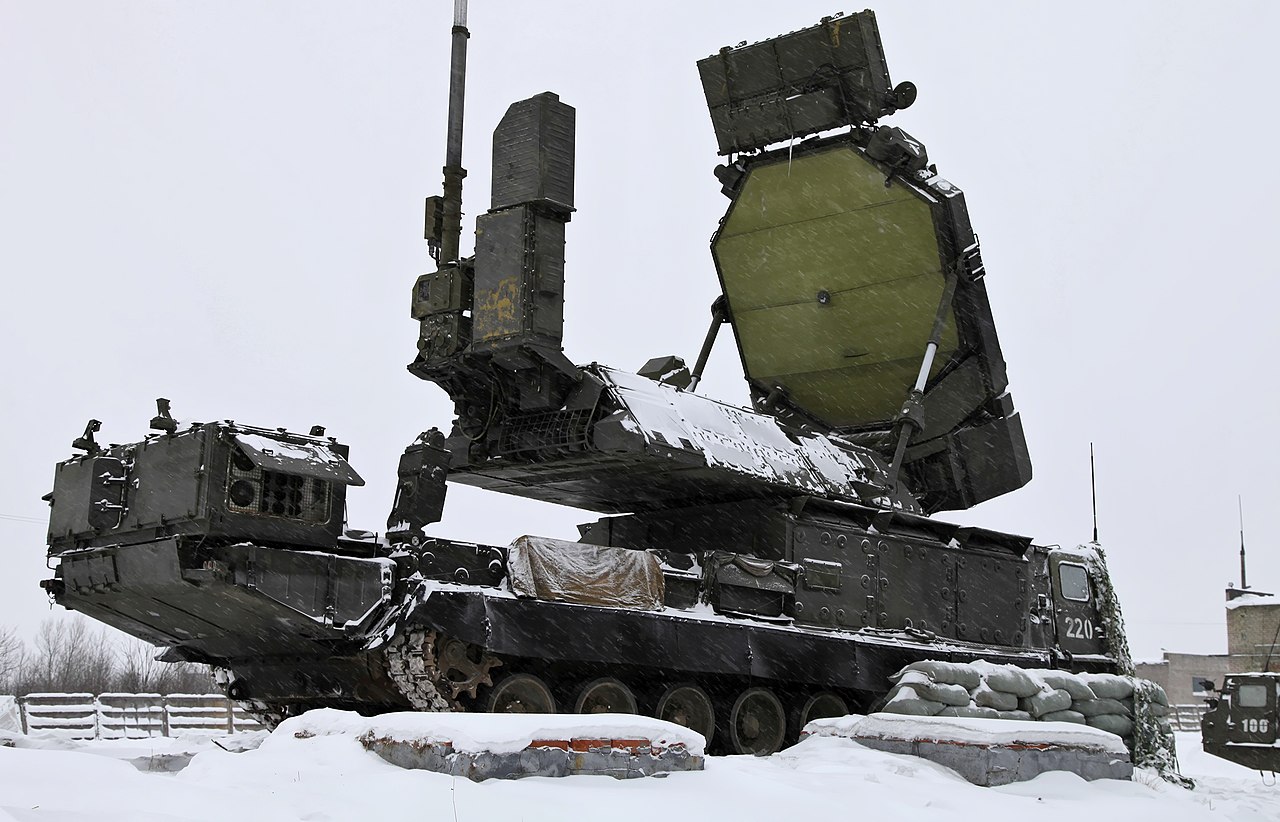After more than a year of dithering, Greece has reportedly decided to arm Ukraine with Soviet-origin S-300 surface-to-air missile systems as it has a sizable stockpile of this air defense, unusual for a NATO member that was never a part of the former Soviet Union.
The Greek daily Kathimerini first reported the news of the purported transfer. The military transfer, according to reports, could eventually include other Soviet-origin military equipment, including prototypes of the ZU-23-2 anti-aircraft gun and the Tor and Osa short-range mobile air defense systems.
When the conflict broke out in February 2022, Ukraine reportedly had 250 S-300P (SA-10 Grumble) long-range surface-to-air missile systems, which it deployed extensively. As the conflict approaches its second anniversary, several of them have been destroyed or damaged in Russian attacks.
Additionally, there have been reports that Ukraine has been running awfully low on the S-300 missiles. The Pentagon documents that were leaked in February last year revealed that the stockpiles of missiles for Ukraine’s S-300 and Buk SAMs were expected to be “completely depleted” by early May.
Although a predecessor of the highly advanced Russian S-400, this missile system is still deemed capable of countering ballistic and cruise missiles. The several variants of the S-300 deployed in the current battle have cosplayed as Ukraine’s primary armor and an indelible part of its layered missile defense system against Russian attacks.
The former Ukrainian Defense Minister, Oleksiy Reznikov, announced on December 1, 2022, that his country is negotiating with the West to transfer additional S-300 systems. “The S-300s work very well. The fact is that they were not produced in Ukraine; that is, we do not have the production of S-300 missiles, so we use stocks.”
He further added, “Personally, with all the defense ministers of those countries that also have S-300s in service, we are negotiating the possibility of replenishing this stock of missiles from their warehouses and arsenals.”
Greece agreed to transfer its old Soviet-made military equipment to Ukraine after U.S. requests, Kathimerini reports.
This decision would unlock $200 million FMF sales for new military equipment programs offered by the U.S.
Greece has Tor, S-300, OSA and ZU-23-2 AA guns. pic.twitter.com/c7ViWLlK1z
— Clash Report (@clashreport) January 28, 2024
Later that month, Greece offered to transfer its S-300 surface-to-air missile (SAM) system to Kyiv in exchange for Patriot Advanced Capability-3 (PAC-3) as a replacement, which it wanted to deploy at the island of Crete, where the state has been at loggerheads with Turkey.
However, reprimanded by Russia, it later reassured that it is “mindful” of its obligation to refrain from transferring S-300 surface-to-air missile systems to other countries.
Maria Zakharova, the spokeswoman for the foreign ministry, said the shipment of the S-300 systems to Kyiv would be “a gross violation” of the intergovernmental agreements between Russia and Greece on military-technical cooperation.
She warned at the time that there would surely be repercussions for breaking contractual duties. However, Athens appears to be shedding all its previous inhibitions and ignoring Moscow’s stern warning.
According to local reports in the Greek media, the country approved the delivery of S-300s only after the US approved the sale of F-35A stealth fighters to Athens, establishing a direct link between the two decisions. The US approved the sale of 40 F-35 aircraft to Greece, estimated to cost $8.6 billion.
However, while the Russians are likely to fiercely respond to the transfer of S-300s to Ukraine, a bigger and rather intriguing question is how Greece managed to lay its hands on these Soviet-origin SAMs in the first place despite not being a part of the Soviet Union.
How Did Greece Get S-300 SAMs?
Midway through the 1990s, Greek neighbor Cyprus purchased the S-300 PMU1 system from Russia. However, since Turkey threatened to take preemptive military action, Greece received the system in exchange for other military hardware, including shorter-range missiles.
EurAsian Times takes you back in history!
Between early 1997 and late 1998, there was a tense and quickly worsening political stalemate between the Republic of Cyprus and the Republic of Turkey, which came to be known as the “Cypriot S-300 Crisis.”
Plans by Cyprus to deploy two air defense missile sites manufactured in Russia provoked Turkey to threaten an attack or maybe all-out war if the missiles were not returned to Russia, which set off the confrontation.
Cyprus, on its part, was reluctant as the missile contract with Russia was the Cyprus government’s first real attempt to develop a reliable air defense system after years of Turkish air superiority.
According to local press reports, the Turkish Air Force, acting on behalf of the de facto Turkish state in the north, violated the airspace of the Republic of Cyprus almost every day as of 1995. At that time, the Cypriot government was reportedly in the process of conceptualizing and planning an integrated air defense solution to protect the country’s airspace.
News about the acquisition of Russian-made surface-to-air missiles was leaked to the Cypriot media on January 3, 1997, by an unidentified defense source. According to the leak, the deal between Russia and Cyprus to sell surface-to-air missile systems would expire on January 4, 1997.
The Cypriot government allegedly purchased two S-300PMU-1 systems, each with a minimum of 16 5P85TE towed quadruple launchers, 75 48N6 missiles, and a 64N6E (BIG BIRD D) early-warning and battle management radar. These missiles would have had a range of 150 kilometers, thus endangering Turkish fighter jets.

When the S-300 purchase was revealed, the Turkish Armed Forces had also acquired surface-to-surface missiles from Israel, which they could have used in a military action to destroy the S-300 should they be stationed on the island.
Additionally, Turkish media and intelligence services from other nations claimed that Turkish pilots flying F-16s were deployed to Israel’s Negev region to receive training on how to take out S-300s.
In fact, during a military drill in Northern Cyprus in November 1997, the Turkish armed forces destroyed S-300 mock missiles to get ready to launch operations against the actual missiles in Cyprus.
While Russia first refrained from open conflict with Turkey, it consistently maintained that the S-300 transfer to Cyprus would go through without hindrance.
Turkey sought guarantees from its strategic NATO allies, particularly the United States, that it would not be barred from taking action against the alleged danger should the need arise.
Fearing that Turkish threats would spark a conflict in Cyprus that might involve the Greeks, Western nations launched a campaign to stop the system’s installation on the island. The European Union warned that a military buildup could threaten Cyprus’s candidacy for membership.
Additionally, Cyprus’s attempts to install the anti-aircraft weaponry were met with considerable opposition from the US.
However, Cyprus refused to back down.
The Turkish Coast Guard and Navy started searching and boarding ships sailing toward Cyprus in September 1997. This included ships flying the Russian flag on international seas.
Athens and Moscow were similarly frightened by the situation, as demonstrated by official declarations made in October 1997 that threatened to start a war with Turkey if Cyprus was attacked or blockaded.
By December, rumors that Russia was assembling a sizable naval force that included attack submarines, a guided-missile cruiser, and an aircraft carrier housing long-range fighters started to appear in Greek and Cypriot media.
It was assumed that the force would be used for two purposes: attacking the Turkish Navy if it attempted to intervene and moving S-300 missiles and other military equipment to Cyprus via Greek waters.
Cyprus proposed that the missile deployment be canceled in return for a suspension of flights over the island, but Turkey rejected the proposal.
It was ultimately decided in December 1998 that the S-300 missile systems would be shipped to Crete rather than risk political humiliation by caving into Turkish demands that the transaction be stopped completely.
On the surface, the move was taken to guarantee that the agreement with Russia would progress in a way that would benefit its economy and that Greece would be compensated by getting the S-300s’ defensive capacity for Crete.

The Turkish government denounced the action as a “cynical attempt” to reroute the S-300 missile capacity against its southwest coastlines and airspace, as well as to provide much-needed air defense for Greek ships and planes traveling from Crete across Cyprus. In Cyprus, the ruling coalition government fell apart due to the crisis.
Fearing unnecessary harm to its standing and reputation in European politics, the Cypriot administration never again seriously considered acquiring the S-300 air defense systems.
In 2007, the missiles were eventually and permanently sold to Greece in return for other military hardware, which allegedly included many short-range TOR-M1 missile systems and an unidentified kind of medium-range air-defense missile system.
The missile system was tested in Crete on December 13, 2013, the first time since it was purchased.
- Contact the author at sakshi.tiwari9555 (at) gmail.com
- Follow EurAsian Times on Google News




